With people’s consecutive wild fantasy, tourism is no longer confined to sightseeing, cultural experience or business trip, and has become pervasive, deeper into every aspect of our life, from personal odd interest to serious scientific research. It is no wonder medical travel has seen its big time! Now travelers can have inexpensive thorough heath examination while touring Malaysia, have orthodontic treatment in Hungary, and cosmetic surgery in Korea. Then what is for medical travel in China? That’s definitely traditional Chinese Medicine. Listed here are five TCM therapies you may have a try when touring China.
1. Herbal medicine & diet therapy
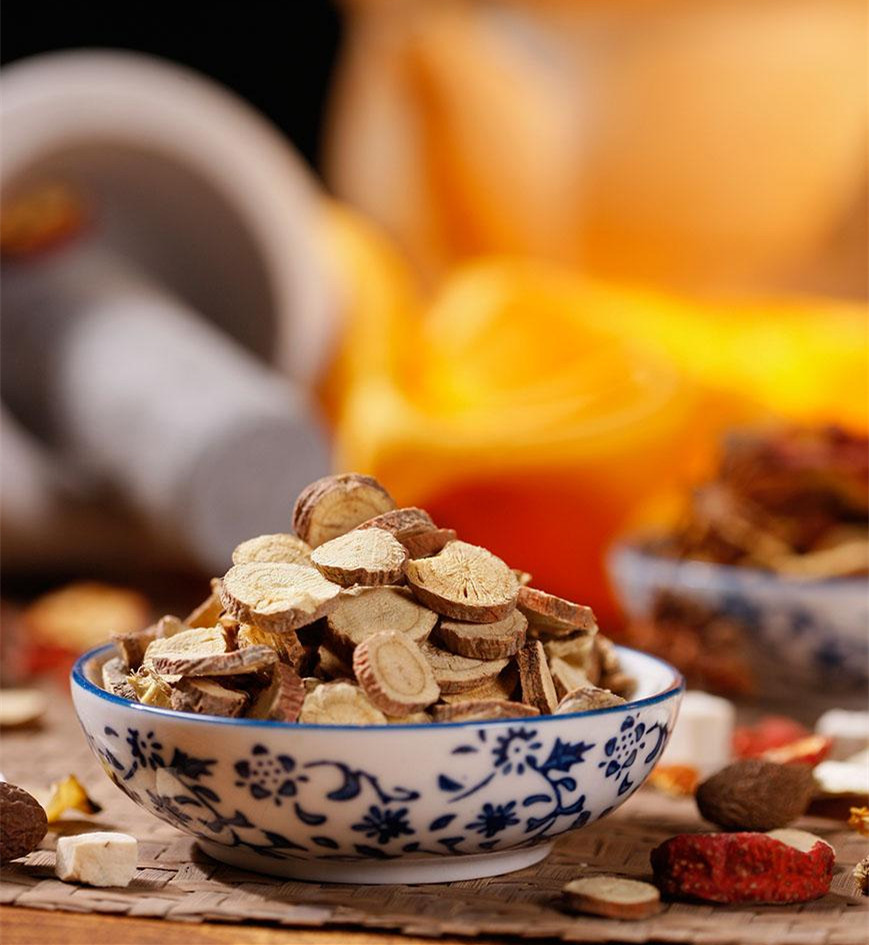
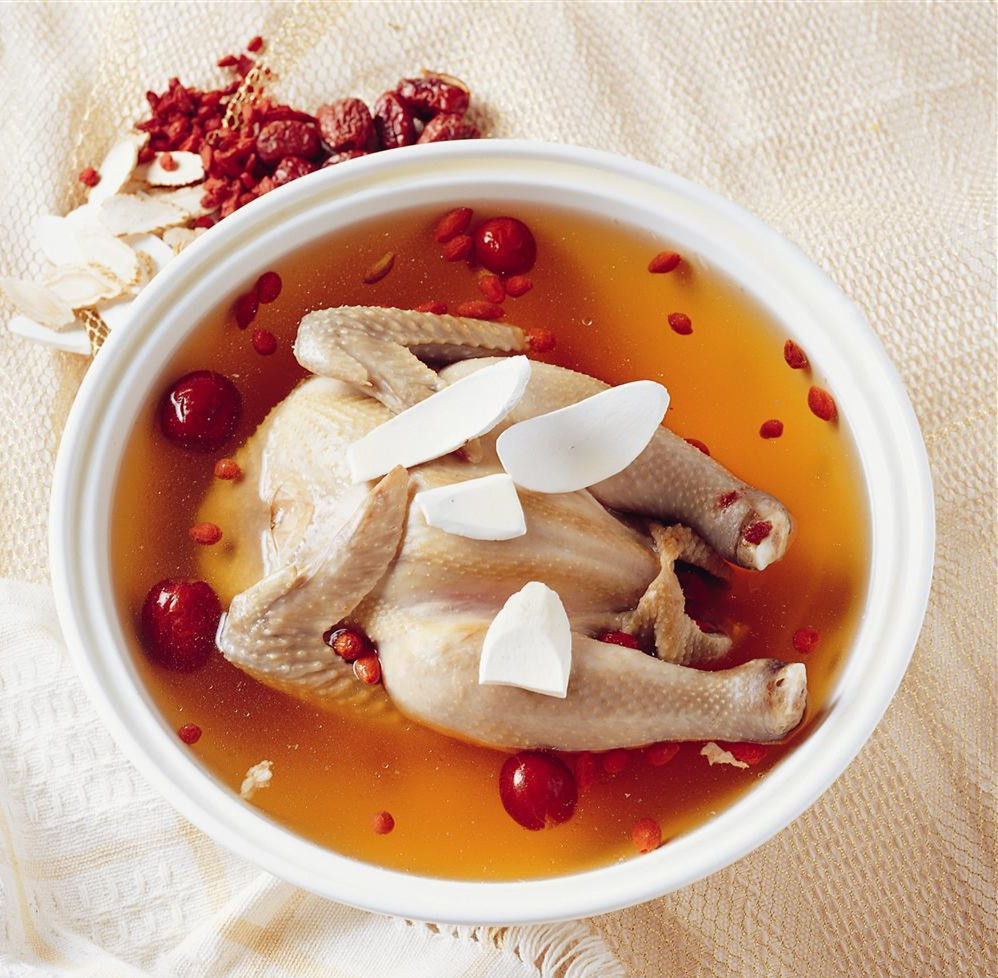
Chinese herbal medicine aims to prevent and treat diseases. It is mainly made from plants with its leaves, roots, stems, flowers, and seeds. Some mineral and animal products are also used in TCM. In this way, herbal medicine has no or little side effects. To strengthen the effect of herbal medicine on the body, TCM also emphasize diet therapy. It is medicinal diet using selected food ingredients and superior herbs. Diet therapy gets increasingly popular, not only because it cures sickness, but also it could be a delicious Chinese dish.
2. Acupuncture and moxibustion
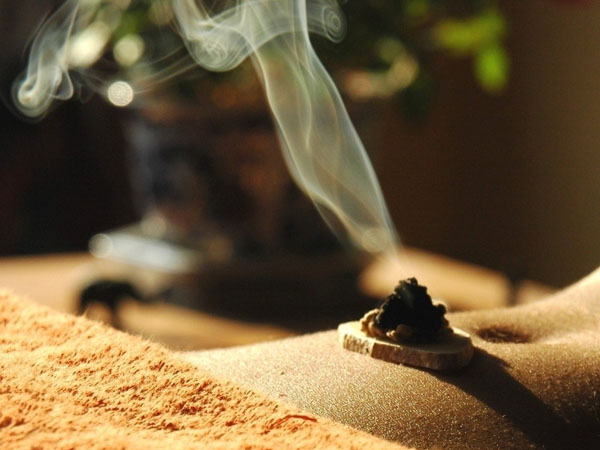
Acupuncture involves the stimulation of specific points of 14 meridians on the human body by using acupuncture needles. It is for raising the level of internal energy and multi-medicinal purposes. Acupuncture is often accompanied by moxibustion – the application of heat to specific points or areas on body, usually for chronic diseases . Each treatment takes 20 to 30 minutes. Patients may feel sore, numb, warm, swelling and relaxed.
3. Tui na & massage
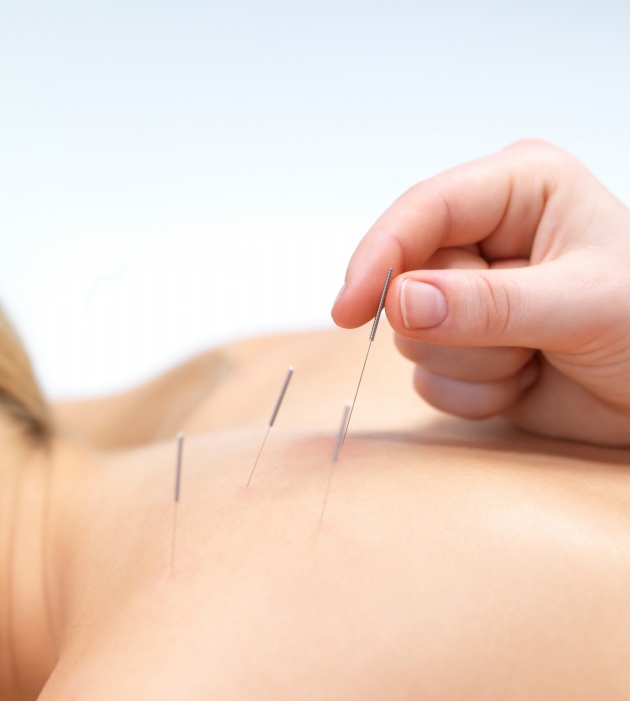
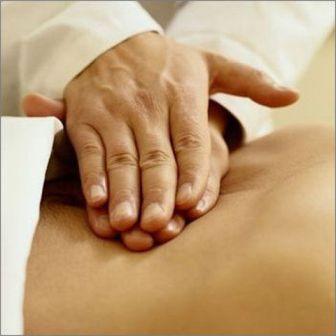
Tui na or massage is the most popular TCM therapy among travelers in China. It is to manipulate the channels of body by hand, foot, forearm elbow or special tools in the forms of thumb presses, rubbing, percussion, and stretches. Based on TCM theory, a massage is able to cure diseases, relieve muscle pain & stiffness, adjust dislocation of the joints, and so on.
4. Cupping
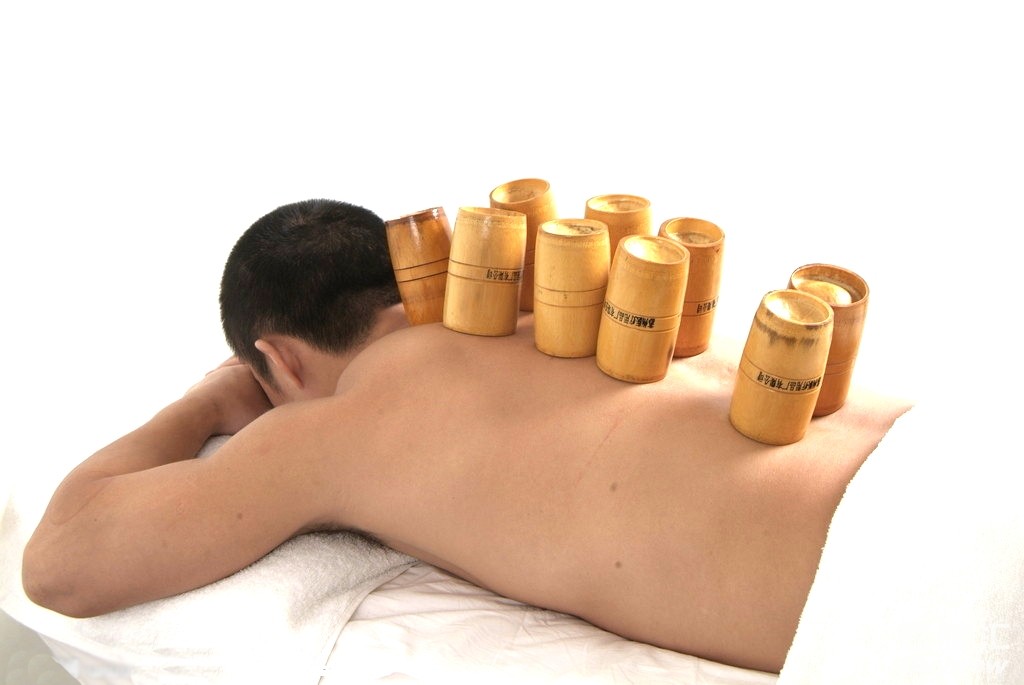
This 2,500-year-old TCM practice involves placing special cups (usually glass cups) warmed with heated air on painful areas of the body. As the cups cool, they suck the skin, helping draw toxins out of the body. However, it is not recommended to apply cupping to patients of fevers, skin diseases and bleeding disorders, as well as to a pregnant woman’s abdomen.
5. Gua Sha
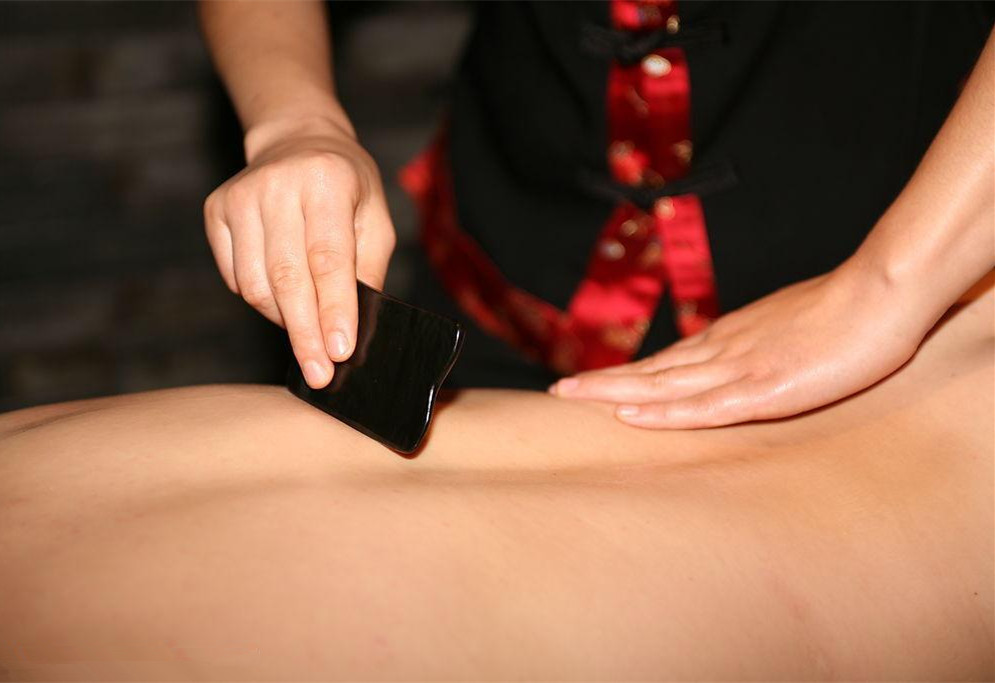
Gua Sha constitutes an important part of traditional Chinese Medicine. It is continually abrading the skin with a rounded object (could be a ceramic spoon, a piece of jade, or a smooth animal bones), until red spots called Sha bruising cover the area (it take 3 to 10 days to heal). Gua Sha has a quick effect on pain and diseases causes by functional disharmony of the internal organs.
No comments:
Post a Comment